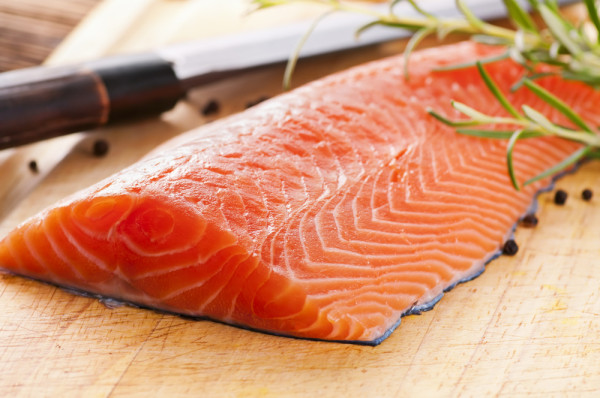By Janis Jibrin, M.S., R.D., Lead Nutritionist for TheBestLife.com
Nutritionists love seafood for good reason: Diets high in fish are linked to lower levels of heart disease, type 2 diabetes and depression. And for pregnant women, eating more fish can even make your baby more intelligent.
But what about mercury, a contaminant that can cause nerve damage and other problems? You’ll find the chemical in large fish like swordfish and tuna. These fish eat large quantities of small fish that are low in mercury, but over time, these small amounts concentrate in the big fish’s body.
Fortunately, there are plenty of low-mercury fish options at the seafood counter (see the list below).
* Note: Seafood with an asterisk (*) are rich in omega-3s, which help fight inflammation in the body and offer many health benefits, like a reduced risk of heart disease, cancer and possibly Alzheimer’s disease.
The Purest Picks
• Arctic char*
• Catfish (U.S. farm-raised; avoid wild-caught, it may be high in contaminants)
• Clams
• Cod, Atlantic
• Cod, Pacific
• Flatfish/flounder
• Haddock
• Mackerel, Atlantic* (avoid King Mackerel, which is high in containminants)
• Mussels
• Oyster*
• Salmon (wild caught; canned, fresh or frozen)*
• Sardines, Pacific*
• Scallops (bay or sea)
• Shrimp/prawns
• Squid (calamari)
• Tilapia
• Trout, rainbow*
One note on salmon: Although salmon is low in mercury, according to some studies, farm-raised salmon can contain high levels of another contaminant—persistent organic pollutants—that can cause hormonal imbalances and other issues. That’s why farm-raised salmon didn’t make this list. But then again, some farmed salmon may have low POP levels. Because there’s no labeling of POPs, hedge your bets and limit consumption of farmed salmon to no more than six ounces, six times per month.
Also Read:

